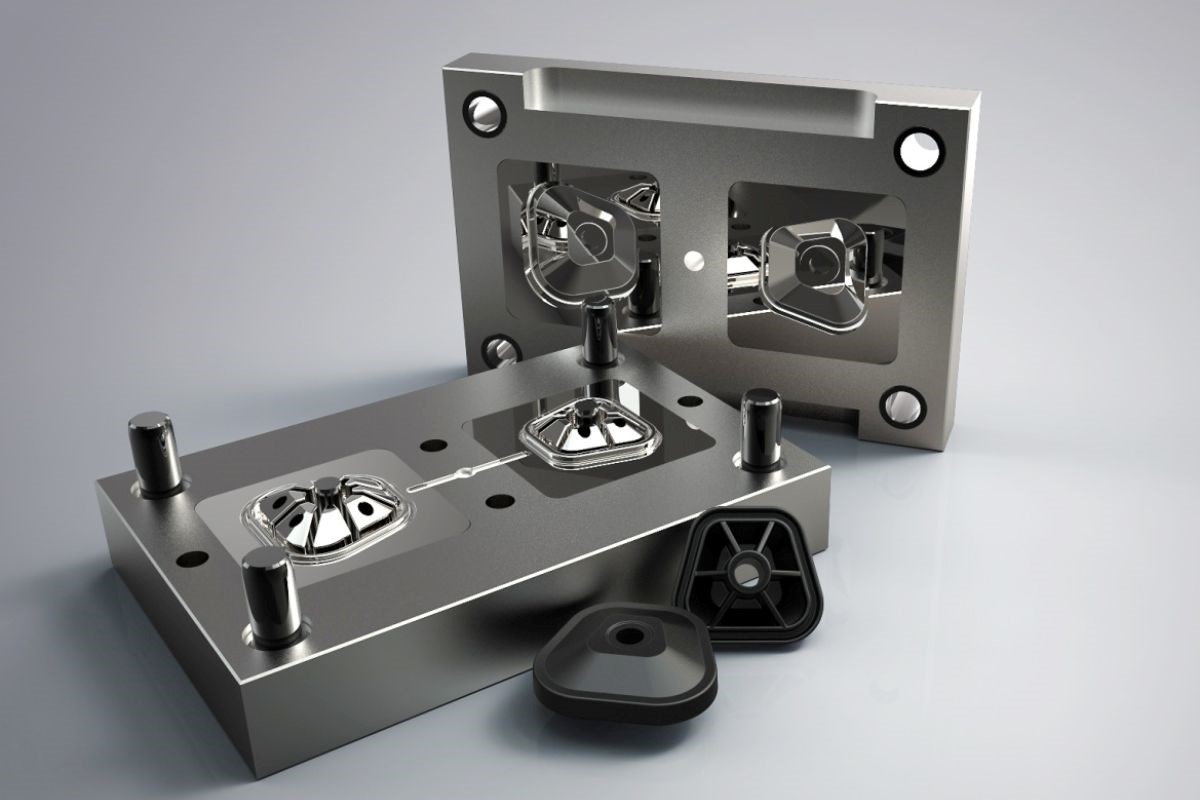Engineers and designers must work together seamlessly to produce creative, useful, and visually pleasing products in the field of product creation. Prototype tooling is a potent means of bridging the gap between these two fields. Ensuring that the final products satisfy both artistic and functional requirements besides promoting better communication, this technique unites the goals of engineers and designers.

The Role of Prototype Tooling in Bridging Disciplines
The process of developing tools for creating prototypes, which are tangible representations of a product that are close to completion, is known as prototype tooling. Prototype tooling enables engineers and designers to work together to test, evaluate, and improve product concepts by converting digital designs into physical objects. Both groups can synchronize their ideas and goals by using the process as a shared language.
Prototype tooling allows designers to transform their ideas into something concrete that can be examined and evaluated. It enables them to communicate the aesthetics and user experience of the product in a way that is not quite possible with words or 3D drawings. These prototypes give engineers a practical way to assess the viability, structure, and functioning of the design while also enabling them to see any technical issues or limitations that might surface during mass production.
Enhancing Communication and Reducing Misunderstandings
Working together can occasionally lead to misunderstandings because engineers and designers have different priorities. Engineers are often more concerned with cost-effectiveness, manufacturing feasibility, and structural integrity than designers are with shape, color, and human engagement. Prototype tooling acts as a unifying medium that clarifies functional considerations and design nuances by enabling both parties to perceive the same physical product.
The tactile quality of prototyping makes communication easier. Teams can evaluate and discuss a physical thing instead of arguing about abstract ideas or relying only on digital representations, which helps to eliminate ambiguity. Both parties may more easily spot discrepancies between the intended design and the engineering requirements of the product when they can physically handle the prototype, which promotes productive discussion and problem-solving.
Encouraging Iterative Improvement
Prototype tooling supports an iterative development approach that allows for multiple testing, critiques, and revisions of designs. This iteration cycle is essential for creating a cooperative atmosphere where engineers and designers may share their knowledge at different phases of the project.
For instance, engineers may recommend changes if an early prototype shows that the selected design is aesthetically pleasing but does not satisfy strength requirements. Designers can then modify the aesthetic components to ensure that the product retains its aesthetic appeal without sacrificing functionality. Quick adjustments and real-time feedback are made possible by the prototype tooling process, which streamlines production and reduces expensive mistakes that could otherwise go overlooked until later.
Building Trust and Shared Ownership with Raping Prototyping
Close collaboration between engineers and designers throughout the rapid prototyping in China fosters trust and a feeling of joint product ownership. A collaborative culture can be established by analyzing prototypes as a group, responding to criticism, and deciding on necessary changes. Products that satisfy the expectations of the technical and creative teams are the result of this collaborative effort, and they not only look nice but also work well.
Prototype tooling is an essential tool for efficient communication between engineers and designers. It improves communication, lessens miscommunication, and promotes iterative progress by transforming concepts into concrete forms that can be tested and improved. Lastly, this procedure ensures that the finished product achieves the ideal harmony between appearance and usefulness, laying the groundwork for fruitful product development.